Market Overview
The urban population in India, which stood at 377 million in 2011, is expected to grow by 404 million to become 781 million by 2050 (World Urbanisation Prospects, 2014). Many Indian cities get their water supply from sources far away at high costs including for energy used for pumping water to these cities. Cities with larger populations generally rely more on surface water than the groundwater. In cities, where groundwater is the source of water supply, aquifers are getting depleted due to over extraction. At the same time, sanitation has not kept pace with water supply in the country. Human health and economic prosperity are very much dependent on clean water supply and good sanitation as on other factors. Hence, it is important to look at how pollution of water sources, especially from sewage, affects water quality and water security.
An integrated approach needs to be evolved, balancing infrastructural and socio-economic measures for water quality management. This approach demands construction of new wastewater treatment systems, improvement of the existing wastewater treatment systems, upgrading of wastewater treatment technologies and renovation of the sewer system, all with sharper focus on economy viability. Importance should also be given to creating awareness on sanitation and pollution issues among users to ensure their cooperation in maintaining their own environment. The “Clean India” or “Swachh Bharat” campaign will be successful only if water is available in the toilets constructed and if the wastewater generated is also treated and the treated water reused or disposed of in a sustainable manner.
FY 21 has been subdued due to COVID-19 pandemic which affected largely in the finalisation of new orders. On the execution of orders, due to labour migration & COVID-19 related restrictions, the progress in major project sites got impacted adversely. Large numbers of vendors who were supplying equipment to us also suffered due to pandemic and manpower shortage.
The Company is pursuing opportunities with National Mission for Clean Ganga (NMCG), UP Jal Nigam, Delhi Jal Board, Bangalore Water Supply & Sewerage Board, Pali CETP Foundation, Pune Municipal Corporation, other opportunities in Maharashtra and various other Clients in EPC and HAM/ PPP projects. The PPP opportunities for STP recycling on PPP format are also being explored.
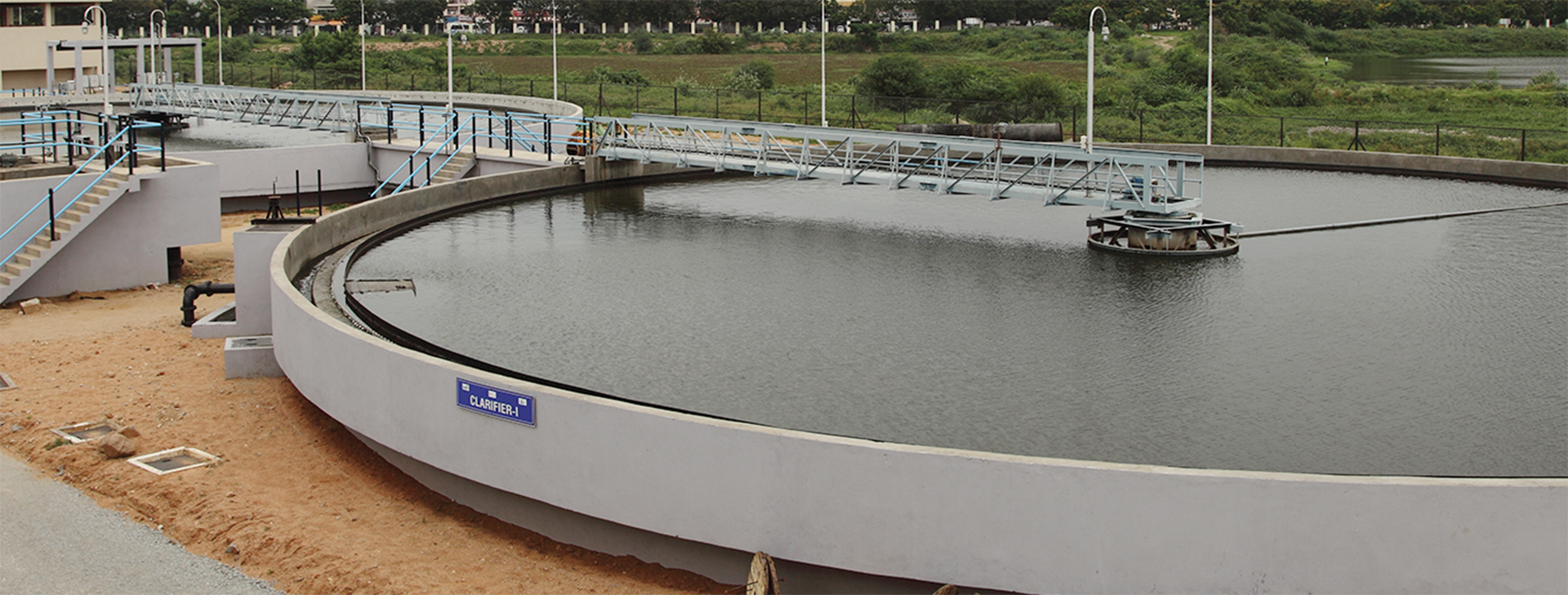
Market Analysis
The global water and wastewater treatment equipment market size was valued at USD 61.60 billion in 2020 and is expected to grow at a compound annual growth rate (CAGR) of 4.0% from 2021 to 2028. Addressable market for the Company is ~₹ 5,000 crore annually.
- The wastewater treatment plants market in India is projected to grow at a CAGR of over 12% during 2021-25
- India’s industrial water and wastewater treatment market is expected to reach USD 2.3 billion by 2022
- India’s water and wastewater treatment chemicals market is projected to reach USD 805 million by 2023
- Indian pharmaceutical industry is forecast to grow at a CAGR of 12.89% over 2015-20 to reach USD 55 billion by 2020. This is projected to drive the Indian industrial wastewater treatment plants market
- Due to rising water shortages, the water industry in India has turned into a multibillion-dollar industry.
- Each year, the Government spending on water infrastructure is increasing under various schemes
- State Governments are also hiking investments in setting up more water and wastewater treatment plants
- There is a healthy demand for Water & Wastewater treatment plants in India
- There is a significant increasing demand for water due to population growth, agricultural use, environmental degradation and economic development
Demand Drivers
To meet the increasing demand and maintain the pace of the rapidly growing market, all the OEMs in the water industry are focussing on core technologies and new products suitable for local market as well as increasing global requirements. While on one hand, companies need to be agile and scalable in terms of capacity and capabilities, they also need to cut time and costs when releasing new solutions and products. Most OEMs have started integrating themselves to multi location (across the globe) offices cum factories and remote design centres from a localised design cum manufacturing base. This helps to reduce the project cycle time and build more capacity.
Water scarcity and strict regulation has led many industries to adopt water-recycling systems especially in the food, textile, pharmaceutical, chemical and power industries. Zero liquid discharge (ZLD) systems and wastewater recycling are becoming increasingly popular in India. We have used this technology in projects like Balotra which is 18 MLD capacity ZLD plant, wherein effluent is recycled back to industries for reuse after treatment.
The municipal wastewater discharge has become a critical problem for environmental and public health concern and the intervention have been placed with the introduction of high tech and innovative wastewater treatment technologies but because of its inefficient, incomplete and expensive approach it is important to adopt integrated approach such as: 1) minimisation and prevention, 2) treatment for reuse, 3) natural self-purification.
Due to revision of discharge standards of STPs in metropolitan & other areas by NGT, which has become more stringent, all older STPs become non-compliant and there is a need for retrofitting & refurbishment of these plants. Going forward, there will be enormous opportunities in this segment.
The Central Government’s focus on Namami Gange for cleaning of Ganga, JICA funded projects in Delhi, Karnataka and Maharashtra, AMRUT programmes for Pollution abatement, Recycling and Re-use, Stricter Vigil by National Green Tribunal will be key demand drivers.
Due to COVID-19 disruption, FY 21 was subdued for new orders owing to funding crunch and change of priorities. The next year FY 22 is expected to be much better in terms of new order intake.
Business Opportunities
- Significant financial support from the Government: In the past five years, the Government has introduced a number of programmes and schemes to improve the country’s water supply and sewerage infrastructure. The JJM, AMRUT, the Namami Gange programme and the Swachh Bharat Mission were launched to help scale up infrastructure capacities. These projects are estimated to entail an investment of over ₹ 3 trillion. Over the past 2-3 years, there have been visible improvements in water supply and waste management at the city level. There have been some improvements in the financial and operational capabilities of Urban Local Bodies (ULBs).
- Private sector to play a bigger role in infrastructure creation and service delivery: As the sector’s long-term investments cannot be met by public sector expenditure alone, the private sector has an important role to play in the water supply and sewerage sector. Therefore, private sector participation is being encouraged in areas such as providing 24×7 water supply, and setting up sewage treatment plants (STPs), Waste-to-Energy (WtE) plants and recycling and tertiary treatment facilities. In the past few years, a number of projects have been implemented on a public-private partnership (PPP) basis. A new PPP format, the hybrid annuity model (HAM), which is a mix of the engineering, procurement and construction and build operate-transfer models, is being used for setting up STPs under the Namami Gange programme. ULBs are entering into long-term (15-20 years) operations and maintenance (O&M) contracts for operating and maintaining water and wastewater treatment facilities.
- Greater attention being paid to capacity building, recycling and reuse, rationalising user charges and Non-Revenue Water (NRW): Strengthening the capacities of ULBs is one of the top priorities of state governments today. They have been incentivising and encouraging local bodies to become self-sufficient and mobilise resources through instruments such as municipal bonds. Nine cities – Pune, Greater Hyderabad, Bhopal, Amaravati, Ahmedabad, Lucknow, Surat, Vizag and Indore – have issued municipal bonds to fund infrastructure development. As part of the reform process under AMRUT and Smart City Management, a number of ULBs have shifted to computerised accounting systems and e-service delivery platforms. District metered areas are being established to better manage water distribution networks. Pipeline repair/replacement works are being carried out to plug leakages, reduce NRW and replace obsolete pipes.
2021 Triveni Engineering, All Rights Reserved
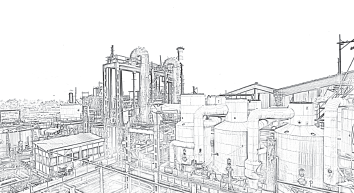
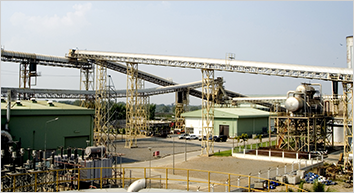
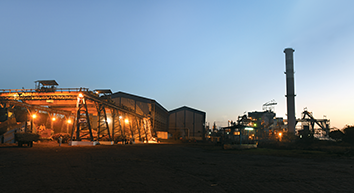
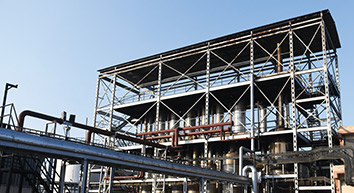
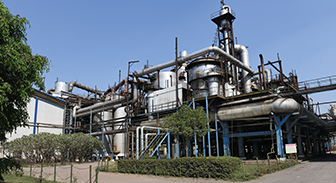
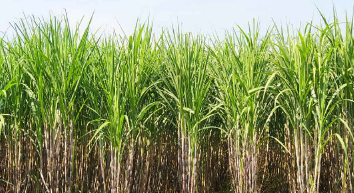
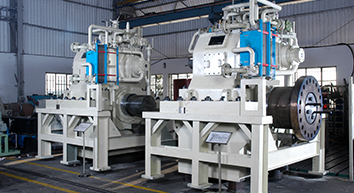
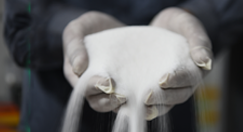
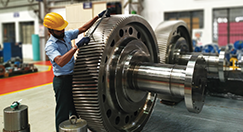
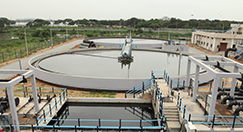

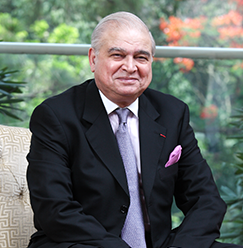
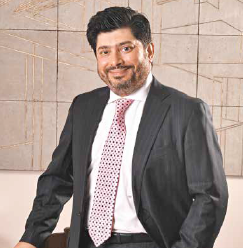
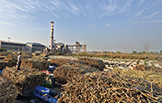
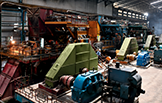
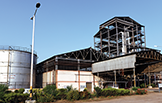
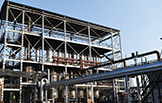

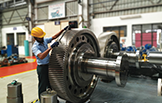
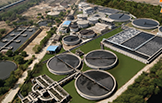
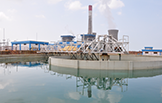
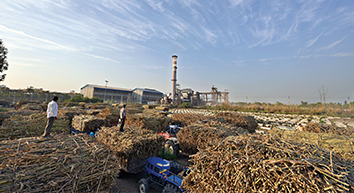
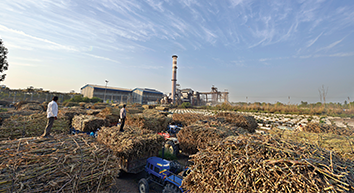

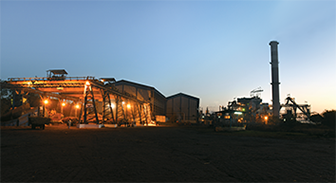
 Power Transmission Business Performance
Power Transmission Business Performance